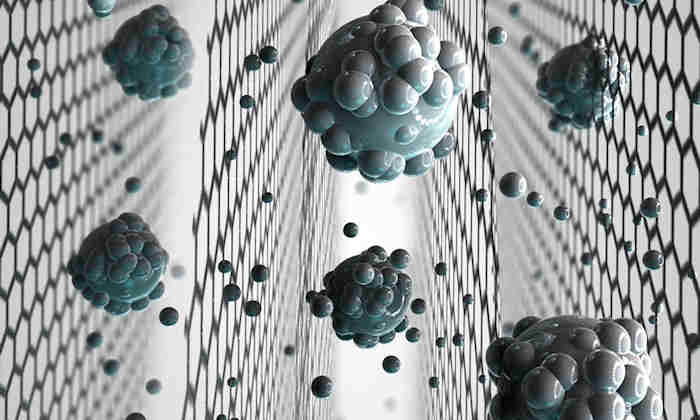Graphene sieve turns seawater into drinking water
04 Apr 2017
Potential to provide clean drinking water for millions of people who struggle to access adequate sources

New University research has shown that graphene can filter common salts from water to make it safe to drink.
The findings, published in the journal Nature Nanotechnology, could lead to affordable desalination technology – and demonstrate the real-world potential of providing clean drinking water for millions of people who struggle to access adequate clean water sources.
Graphene-oxide membranes developed at the National Graphene Institute have already demonstrated the potential of filtering out small nanoparticles, organic molecules, and even large salts. Until now, however, they couldn’t be used for sieving common salts used in desalination technologies, which require even smaller sieves.
Previous Manchester research found that if immersed in water, graphene-oxide membranes become slightly swollen and smaller salts flow through the membrane along with water, but larger ions or molecules are blocked.
The group have now further developed these graphene membranes and found a strategy to avoid the swelling of the membrane when exposed to water. The pore size in the membrane can be precisely controlled which can sieve common salts out of salty water and make it safe to drink.
By 2025 the UN expects that 14% of the world’s population will encounter water scarcity. This technology has the potential to revolutionise water filtration across the world, in particular in countries which cannot afford large scale desalination plants.
It is hoped that graphene-oxide membrane systems can be built on smaller scales making this technology accessible to countries which do not have the financial infrastructure to fund large plants without compromising the yield of fresh water produced.
